Forget about your smartphone or your Google Glass: The most sophisticated piece of machinery that any of us tote around on a regular basis is the human body. But despite their valiant attempts — we will always have a soft spot for our mood rings and our hypercolor shirts — scientists haven’t always found the most useful way to interface with the spectacular human machine.
Until recently, that is.
Thanks to breakthroughs in biochemistry, brain science and nanotechnology, scientists and inventors have unleashed a new, promising wave of tech that harnesses the body’s powerful energy. We partnered with Lenovo, whose tech always adapts to you, to find the most insane ways science is pushing responsive technology.
The Extremely Portable Air Conditioning Unit

It’s the oldest cause of disagreement between couples. You like it gaspingly cold; they like stiflingly hot. Your power bill, caught in the middle, suffers.
Researchers at M.I.T. — where else? — have a very personal solution for those with differing internal temperature gauges. In 2013, they unveiled the Wristify Thermoelectric Bracelet. It operates on the proposition that the human body isn’t entirely rational when it comes to temperature. Humans sharply register changes in temp but adapt pretty well over time. (That’s why the first step in the pool is so bracing.) So Wristify tricks the body: it monitors external and internal temperature and sends micro bursts of heat and cold faster than the body can adjust.
Jedi Prosthetics
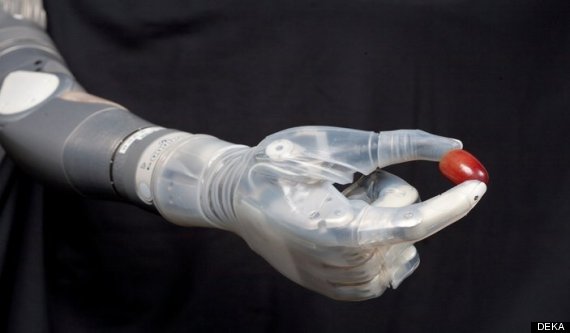
A lot of tech is inspired by movies, but far fewer are actually named after them. Meet the DEKA-Arm, a mind-controlled prosthetic arm affectionately nicknamed “Luke” after Star Wars’ Luke Skywalker.
The DEKA Arm is a fancy bit of engineering developed by the Pentagon’s advanced research group and Dean Kamen — the guy who invented the Segway. It works by reading the electrical signals sent from the brain to the muscles of the remaining arm. The DEKA’s onboard computer interprets the signals and moves accordingly. And it’s not any Jedi mind trick: 90% of amputees that used the DEKA-Arm quickly learned to perform activities impossible with traditional prosthetics, like using keys and manipulating zippers.
Pay With Your Veins
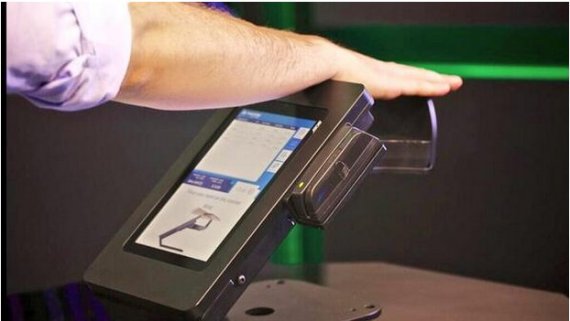
Paying with a pound of flesh is an idea that goes back to Shakespeare. Luckily, vein-scanning Biyo Wallet doesn’t require that the pound of flesh be removed during the transaction.
It was conceived as a device to bypass the middleman — in this case, the smartphone. Instead, the user swipes their credit card, then places their palms on an infrared Fujistu vein scanner. (Like fingertips, each individual’s veins are unique.) After the initial pairing of card and vein, a user only needs to slap their palm on the scanner to check out. Its success rate — at least so far — is a remarkable 99.9992 percent.
Appliances Operated By Your Mind
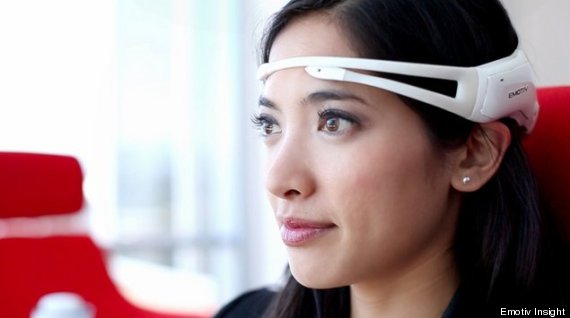
For everyone who ever suffered through a bad show because the remote was just too dang far away: You’ll want to pay attention to this one.
A consortium of electronics manufacturers and app-makers have unveiled an interface system that would actually let a user think their television off or on. Although still in early stages and requiring an Emotiv Insight — a reportedly uncomfortable headset that reads the user’s brainwaves — researchers have shown that a telepathic blast can indeed affect the physical world. Light bulbs, televisions and computers are all fair game.
The really heartwarming news is that this tech was specifically developed to help patients rendered immobile by ALS. So far the prognosis is good.
Foot Power
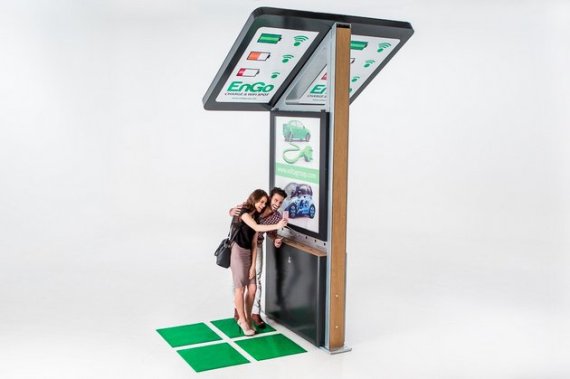
It’s the high-tech version of the Flintstones: devices powered by your feet. But at least this version allows you to wear shoes.
For the last few years, scientists have been experimenting with capturing the power released by each human footstep. Separately, each footstep doesn’t amount to much. But when tiles were installed in a heavily-trafficked Tube station during the London Olympics in 2012, they surprised everyone by capturing enough to power a lightbulb for up to 52 hours.
Footfall-capturing may prove most useful as a supplement to solar panels on cloudy days. One company, Volta, has installed prototype kinetic/solar panels that provide enough juice to power nearby cellphone charging stations.
Body Batteries

If you’re just a little bit squeamish about feet, there may still be hope for you. Scientists have found that there is more than one way to capture the energy of motion — including just keeping a charger in your pants while you walk.
Unveiled this year by Georgia Tech scientists, the “body battery” consists of a series of rotating discs that capture static electricity generated by a person’s movement. (Actually, anything that causes the disc to rotate will generate power — even dunking it under running water.) Even swinging the device by hand built enough electricity to power an iPhone.
The Wizardly Wristband
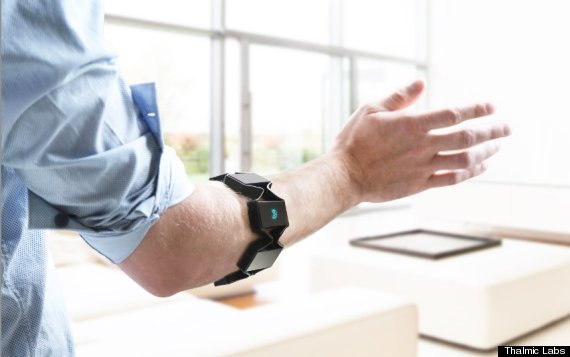
Who hasn’t wanted to control things with the merest flick of the wrist? Well, hold on to your wizarding hat: The real world may have finally evolved to meet up with movie magic.
In a few years, the Myo Armband may well be remembered as the thing that made the computer mouse extinct. It reads and interprets the electrical signals sent as muscles move in the arm, then it translates those signals into actions on a screen. Suddenly, every screen is a touchscreen. Maybe most amazing is that the device is already here. 40,000 units of the $150 device have already been preordered — and support by Google’s anticipated Google Glass has further escalated interest.